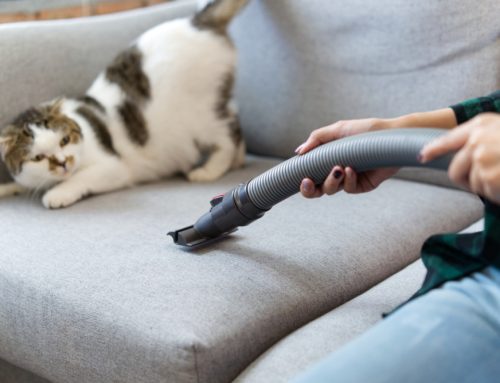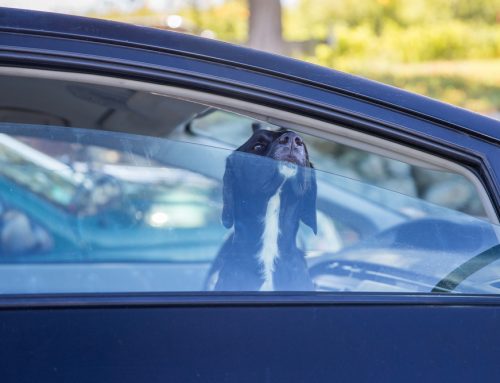 Montana remains a truly wild place – that’s why we love it here. Your pet (being a little wild, as well) likely loves nature, too, and the adventures waiting in the great backyard or beyond the fenceline. However, it’s always good to temper all that excitement with some caution. As we approach the long, lazy days of summer, we recommend the following summer pet safety tips to help you prepare – and protect your pet.
Montana remains a truly wild place – that’s why we love it here. Your pet (being a little wild, as well) likely loves nature, too, and the adventures waiting in the great backyard or beyond the fenceline. However, it’s always good to temper all that excitement with some caution. As we approach the long, lazy days of summer, we recommend the following summer pet safety tips to help you prepare – and protect your pet.
Abundant Sunshine
Pets adapt fairly well to seasonal changes, making it easy to forget all the potential risks associated with longer days and hotter temps. Always remember that your pet needs:
At home, it’s a great idea to thoroughly inspect your home’s window screens. Check for rips, tears, and overall security. Properly maintained screens can also help mitigate the risk of mosquito-borne illnesses, like heartworm disease.
Cruisin’ Dangers
On your way into the woods, please don’t allow your pet to ride untethered or without a harness. There are numerous dog safety products to protect against accidental injury. Dogs left to scramble around in the back of a pick-up are at risk of serious injury, as well as pups lapping up the fresh air (not to mention damaging, hurtling debris) through an open window.
Lastly, never leave your pet alone inside your vehicle during the summer, due to dehydration and potential heat stroke. During summer’s peak, temperatures inside a parked car can quickly rise above 100-degrees, leaving a pet to suffer unnecessarily. If you suspect that your pet is suffering from heat stroke, watch for these symptoms:
Pugs, Persian cats, and other brachycephalic, flat-facing pets may have heat-related health challenges that require keen observation skills and diligent intervention.
Summer Pet Safety
The following summer pet safety tips should also be considered:
Get Out There!
Get all you need to protect your pet this year, including heartworm testing, at your pet’s spring/summer wellness exam. We love hearing from you and hope you’ll let us know how we can help you with summer pet safety.






